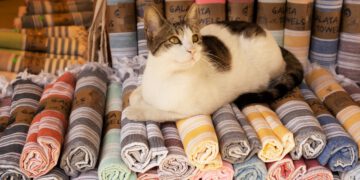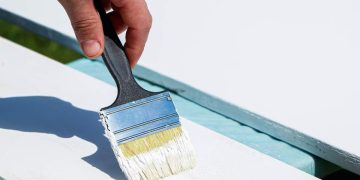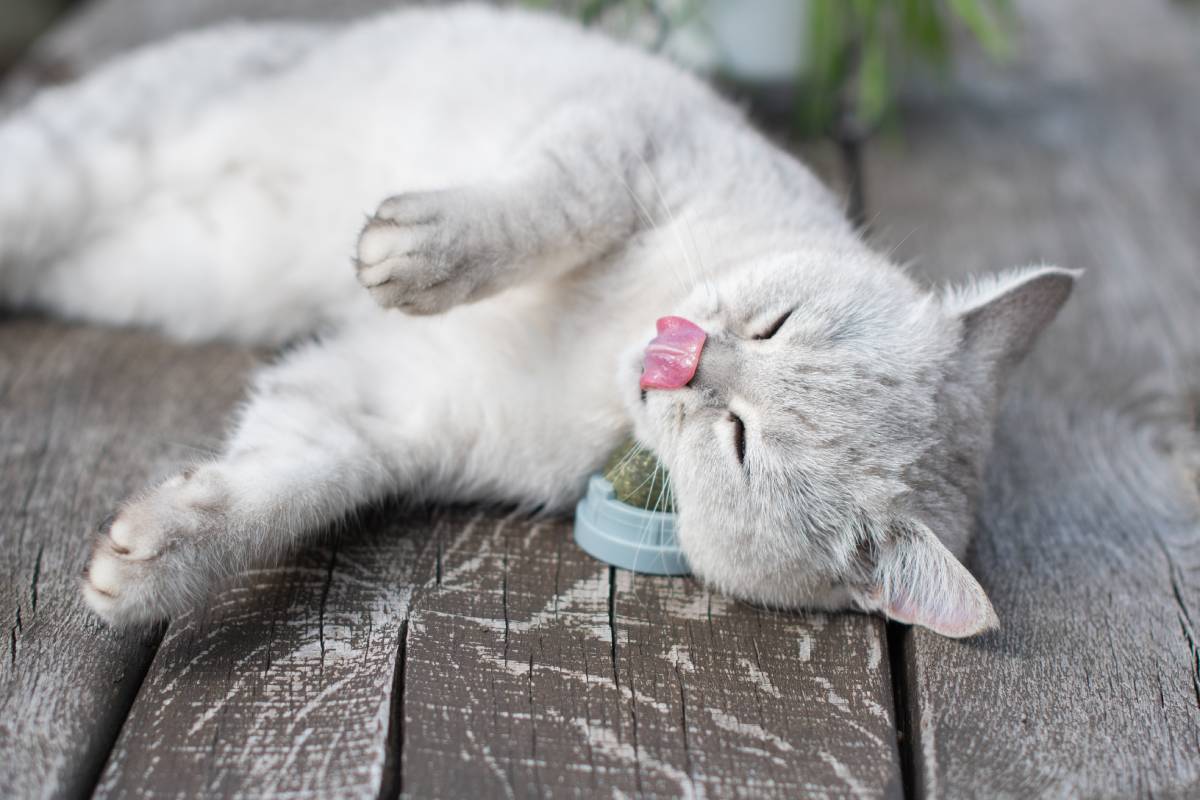Flowers make our homes look pretty and happy. But, if you’re a cat parent, you need to be extra careful. Some flowers can be dangerous for your furry friend if they eat them.
In this article, we’ll talk about why it’s important to choose cat-friendly flowers and what you can do if your cat accidentally eats toxic blooms. By being aware of the potential hazards and taking some simple steps, you can make your home a safe and cosy place for both your flowers and your furry friend.
If you suspect that your cat has ingested toxic flowers, it’s crucial to act quickly to minimize potential harm. Here’s what you should do:
- Identify the Flower: If you witnessed your cat eating a flower, try to identify the plant. Knowing what your cat has ingested can help your veterinarian provide appropriate treatment.
- Remove the Flower: If there are any remaining flowers or plant parts within your cat’s reach, remove them immediately to prevent further ingestion.
- Assess Your Cat’s Condition: Look for any signs of illness in your cat, such as vomiting, diarrhoea, drooling, lethargy, difficulty breathing, or any other abnormal behaviour.
- Contact Your Veterinarian: Call your veterinarian or an emergency veterinary clinic right away. Describe the flower your cat ingested and any symptoms your cat is experiencing. Follow their advice carefully.
- Do Not Induce Vomiting: Unlike with some other types of poisoning, inducing vomiting in cats can be dangerous and should only be done under the guidance of a veterinarian. Do not attempt to induce vomiting unless instructed to do so by a professional.
- Bring Samples: If possible, bring a sample of the flower or any remaining plant material with you to the veterinarian. This can help with identification and treatment.
- Follow Veterinary Advice: Your veterinarian may recommend treatment such as administering activated charcoal, intravenous fluids, or other supportive care depending on the severity of the poisoning.
- Monitor Your Cat: After receiving treatment, keep a close eye on your cat for any changes in behaviour or symptoms. Follow any additional instructions provided by your veterinarian for at-home care.
- Prevent Future Incidents: Take steps to prevent your cat from accessing toxic plants in the future. Consider choosing only cat-safe flowers and keeping all potentially harmful plants out of your cat’s reach.
Remember, early intervention is key when it comes to plant poisoning in cats. If you have any doubts or concerns about your cat’s health, always seek professional veterinary help promptly.




































 Lilies: Lilies are among the most toxic flowers for cats. All parts of the plant, including the petals, leaves, pollen, and even the water in the vase, can cause severe kidney damage and even kidney failure if ingested by a cat.
Lilies: Lilies are among the most toxic flowers for cats. All parts of the plant, including the petals, leaves, pollen, and even the water in the vase, can cause severe kidney damage and even kidney failure if ingested by a cat.










